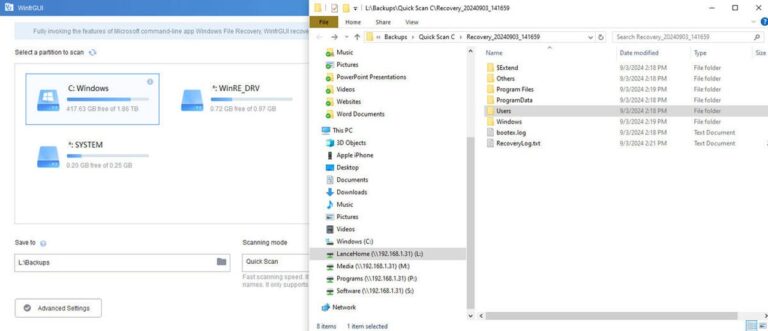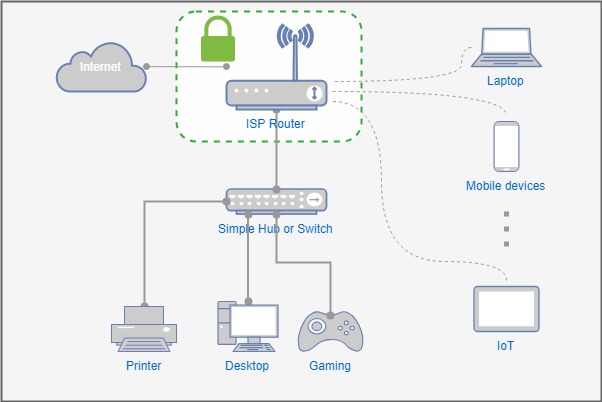Cybersecurity Technology Best Practices: Safeguarding the Digital Future of Business
In an age where cyber threats evolve faster than ever, businesses and individuals must stay ahead by adopting smart, resilient cybersecurity strategies. From data breaches to ransomware attacks, no organization is immune. That’s why understanding and applying cybersecurity technology best practices is no longer optional it’s a business imperative. Whether you’re a small startup, a remote worker, or an enterprise security lead, this guide will help you identify the essential tools, behaviors, and frameworks needed to protect digital assets and maintain operational continuity in an increasingly connected world.
Why Multi-Layered Defense Is Your First Line of Protection
Cybersecurity is most effective when it’s built like a layered shield. No single tool can prevent every threat, but combining firewalls, antivirus software, intrusion detection systems, and endpoint protection creates a security net that’s harder to breach. A multi-layered approach ensures that if one measure fails say, a phishing email slips through another is in place to contain the impact. Cloud-based security solutions now offer AI-driven threat detection that adapts in real-time, allowing businesses to stay agile in the face of emerging risks.
Keeping Software Updated Is a Simple Yet Critical Step
Cyber attackers often exploit vulnerabilities in outdated software. One of the most basic, yet frequently ignored, best practices is ensuring that operating systems, browsers, and applications are always up to date. Many security breaches originate from unpatched software, even when fixes have been available for weeks or months. Automating updates, setting reminders, and monitoring software versions help prevent known exploits from becoming real-world incidents. This includes not just desktop tools, but also cloud platforms and third-party services integrated into your workflows.
Educating Employees Turns Your Team Into a Security Asset
Even the most advanced cybersecurity systems can’t stop human error. Phishing emails, weak passwords, and unsecured Wi-Fi connections are often the real entry points for hackers. That’s why training your team is one of the most important defenses you can deploy. Regular cybersecurity awareness programs teach employees how to recognize scams, manage passwords, and use secure file-sharing practices. Creating a culture of security where vigilance is part of daily operations helps prevent avoidable mistakes and reinforces technical defenses.
Data Encryption and Access Control Help Lock Down Sensitive Information
Encrypting sensitive data, whether at rest or in transit, ensures that even if information is intercepted, it remains unreadable to unauthorized parties. Modern encryption standards are used across cloud platforms, messaging apps, and backup systems. But encryption is only effective when paired with access control ensuring that only the right people can view, modify, or share critical data. Using multi-factor authentication (MFA), role-based access levels, and secure login protocols strengthens your data protection framework and minimizes the risk of insider threats or stolen credentials.
Backups and Incident Response Plans Are Your Digital Safety Nets
Despite all precautions, no system is entirely breach-proof. That’s why having secure, regularly tested data backups is non-negotiable. Cloud-based backups with version history allow for fast recovery from ransomware or accidental deletion. Equally important is a well-documented incident response plan. Knowing who to contact, how to isolate threats, and how to communicate during a cyber crisis helps minimize downtime and reputational damage. Proactive preparation turns emergencies into manageable events and accelerates the return to normal operations.
FAQs
Is antivirus software still necessary in modern cybersecurity?
Yes, while it’s not sufficient alone, antivirus software plays a key role in detecting known threats and preventing malware infections.
How often should employees receive cybersecurity training?
At least annually, with refreshers when new threats emerge or policies are updated.
What’s the benefit of multi-factor authentication (MFA)?
MFA adds a second layer of security beyond just passwords, drastically reducing unauthorized access.
Are cloud services safer than on-premise storage?
When configured correctly, cloud services offer robust encryption, access controls, and real-time monitoring often surpassing on-premise systems.
How do I know if my business is at risk of cyberattack?
Every connected business is a potential target. Regular security audits and vulnerability assessments help identify weak points before attackers do.


